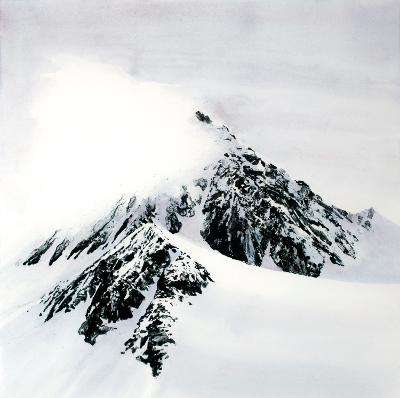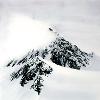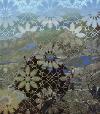Landscape, fragility, permanence and change

Today technology, globalisation, and accompanying exploitations have complicated our relationships with the landscape. It is increasingly difficult to look at a landscape now, whether in life or art, without also thinking of its place in the world, and about the safety of the planet as a whole.
There is growing acknowledgement that alongside our relentless manipulation of the landscape to serve human needs, there must at the same time be some means of protecting it. People in Turner's time were concerned about the effects of the Industrial Revolution, but less about the survival of the earth itself. The scale of our anxiety has increased. Modern concerns may differ, but the principles which guided Turner's art - repeated close observation and immersion in nature - remain as important as ever. We will be more likely to work to protect what we know and love.
Turner and his contemporaries used natural features to symbolise strength and longevity, portraying human beings as ephemeral by comparison. This relationship is reversing, with human-instigated change now the only constant. In the last few years, awareness of the level and complexity of current threats to the environment has grown. Artists are responding to this most topical of issues, observing and monitoring environmental change with increasing concern and hard-hitting urgency.

Emma Stibbon is a contemporary artist and printmaker of particular relevance when exploring Turner's approach to landscape, with a comparable dedication to travelling and recording the natural world at first hand. Her expeditions have taken her from Arizona to Antarctica, and her focus is on portraying fragile, changing environments: glaciers, volcanoes, deserts and eroding coastlines. She works with scientists to study the changes in these landscapes. She has studied Turner's works made while in the Swiss Alps and retraced the same routes as Turner took in 1802.











